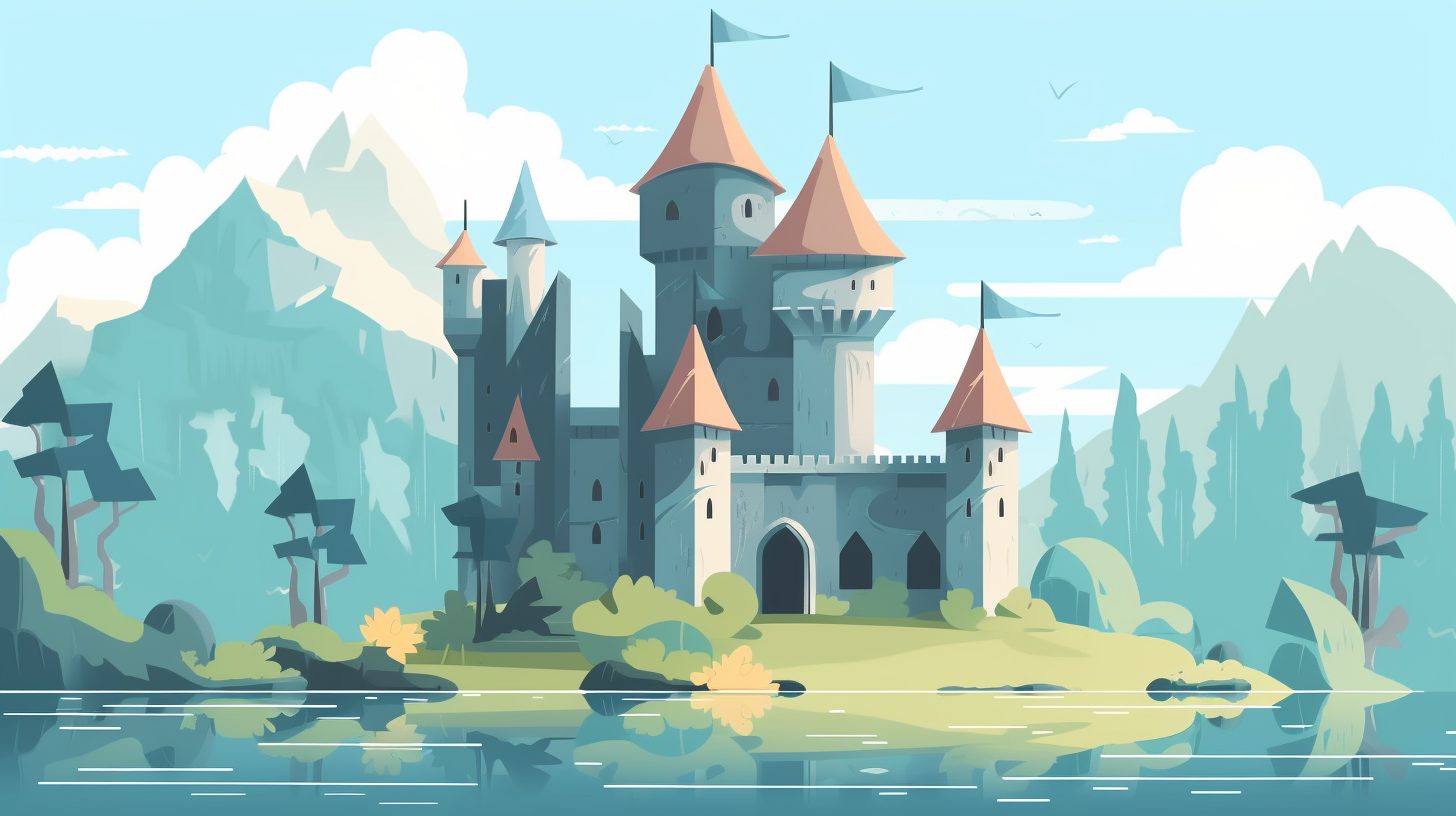In 2D games, the camera plays a crucial role in providing players with a clear view of the game world. Godot’s Camera2D node makes it easy to create dynamic cameras that follow the player, zoom in or out, and adapt to various screen resolutions. In this comprehensive guide, we’ll explore the basics of the Godot Camera2D node and its properties to help you create immersive 2D games.
Setting up a Camera2D Node
To get started with a Camera2D node in your Godot project, follow these steps:
- Create a new 2D scene or open an existing one.
- Add a Camera2D node to the scene as a child of the player character or another node that you want the camera to follow.
- Select the Camera2D node and enable the “Current” property in the Inspector. This will make the Camera2D the active camera for the scene.
That’s it! Now you have a basic Camera2D setup that follows the player character as they move around the scene.
Customizing the Camera2D Properties
Godot offers several properties that allow you to customize the behavior of the Camera2D node. Some of the most important properties include:
Offset and Anchor Mode
The “Offset” property determines the camera’s position relative to the parent node (typically the player character). You can adjust the X and Y values of the offset to change the camera’s position on the screen.
The “Anchor Mode” property affects how the camera behaves when the player moves near the edge of the screen. You can choose between three options:
- Fixed: The camera remains at a fixed distance from the player, regardless of their position on the screen.
- Drag Center: The camera moves with the player, but only when they are near the center of the screen.
- Drag Margin (default): The camera moves with the player, but only when they are near the edge of the screen. You can adjust the drag margin values to determine how close the player must be to the edge before the camera starts moving.
Zoom and Smoothing
The “Zoom” property allows you to adjust the camera’s zoom level, which can create a more immersive gameplay experience or provide players with a better view of the game world. You can adjust the X and Y values of the zoom to zoom in or out on the scene.
The “Smoothing” property enables you to smooth the camera’s movement, making it feel more natural and less abrupt. To enable smoothing, check the “Enabled” box in the Smoothing section of the Inspector and adjust the “Speed” value to control the smoothness of the camera’s movement.
Screen Shake and Limits
Screen shake is a powerful visual effect that can add impact and intensity to certain actions or events in your game. To implement screen shake using the Camera2D node, you’ll need to use a script:
extends Camera2D
func shake(duration, intensity):
# Set the initial shake values
var shake_timer = duration
var shake_intensity = intensity
# Start a loop that updates the shake effect every frame
while shake_timer > 0:
# Randomize the camera's offset within the specified intensity range
offset.x = rand_range(-shake_intensity, shake_intensity)
offset.y = rand_range(-shake_intensity, shake_intensity)
# Update the timer and wait for the next frame
shake_timer -= get_process_delta_time()
yield(get_tree(), "idle_frame")
# Reset the offset to its original value
offset.x = 0
offset.y = 0
To trigger the screen shake, call the `shake` function from another script and pass in the desired duration and intensity:
camera_node.shake(0.5, 10)
The “Limits” property allows you to set boundaries for the camera’s movement, preventing it from showing areas outside the game world or other areas you want to keep hidden. To set camera limits, simply adjust the “Left,” “Top,” “Right,” and “Bottom” values in the Limits section of the Inspector.
Parallax Backgrounds and Camera2D
Parallax backgrounds can add depth and realism to your 2D game worlds. To create a parallax background that works seamlessly with the Camera2D node, follow these steps:
- Add a ParallaxBackground node to your scene as a sibling of the Camera2D node.
- Add a ParallaxLayer node as a child of the ParallaxBackground node. You can add multiple layers for more complex parallax effects.
- Add a Sprite node as a child of the ParallaxLayer node and assign a texture to it.
- Adjust the “Mirroring” property of the ParallaxLayer node to control how the background repeats.
- Adjust the “Motion Scale” property of the ParallaxLayer node to control the parallax effect’s depth.
Now you have a parallax background that moves smoothly with your Camera2D node, creating an immersive 2D game world.
Conclusion
Godot’s Camera2D node is a powerful and versatile tool for creating dynamic cameras in 2D games. By mastering the properties and techniques discussed in this guide, you’ll be able to create engaging game worlds that keep players immersed and entertained. Don’t forget to check out our article on Godot Tilemaps to learn more about creating 2D game worlds in Godot.







